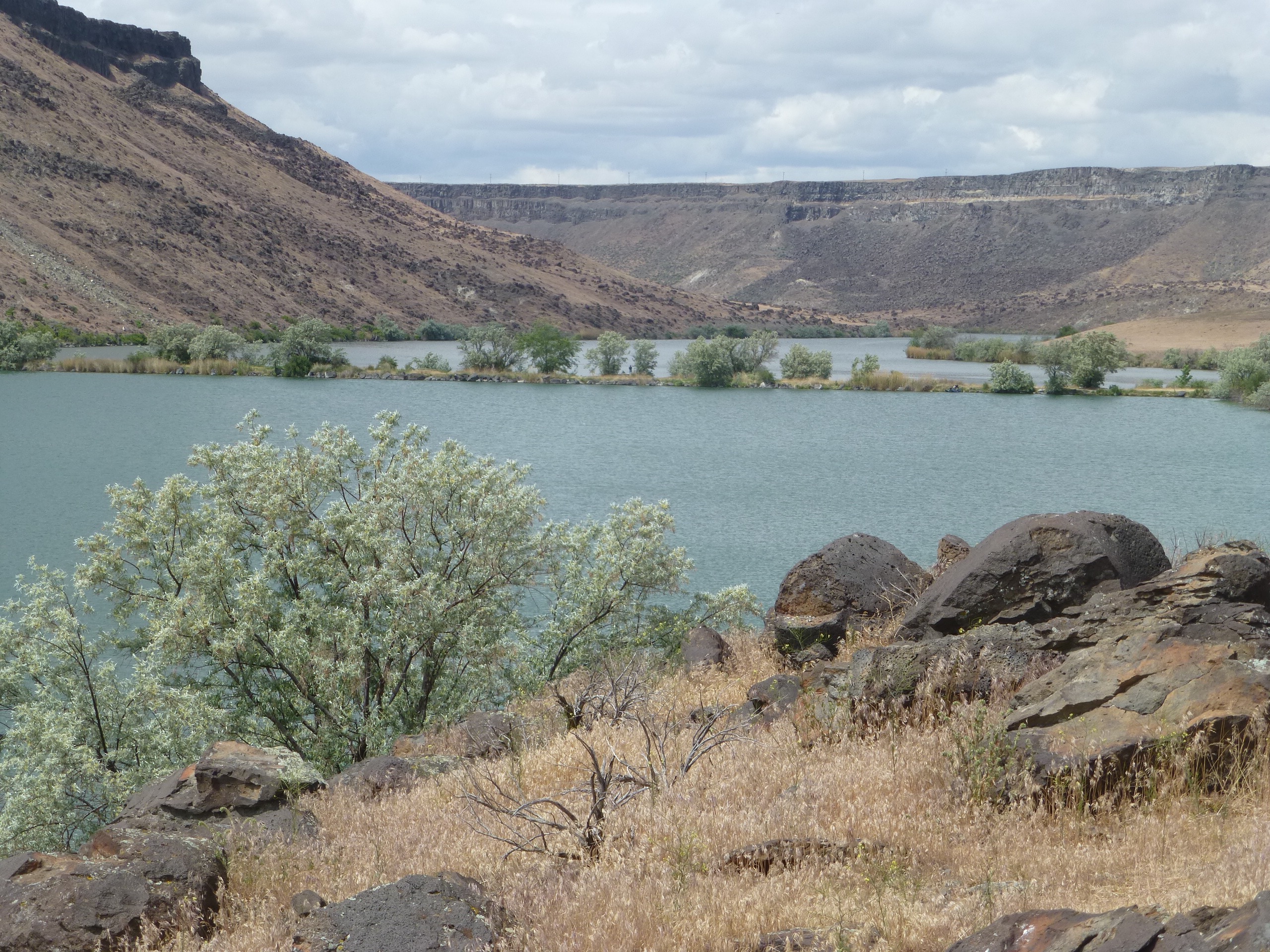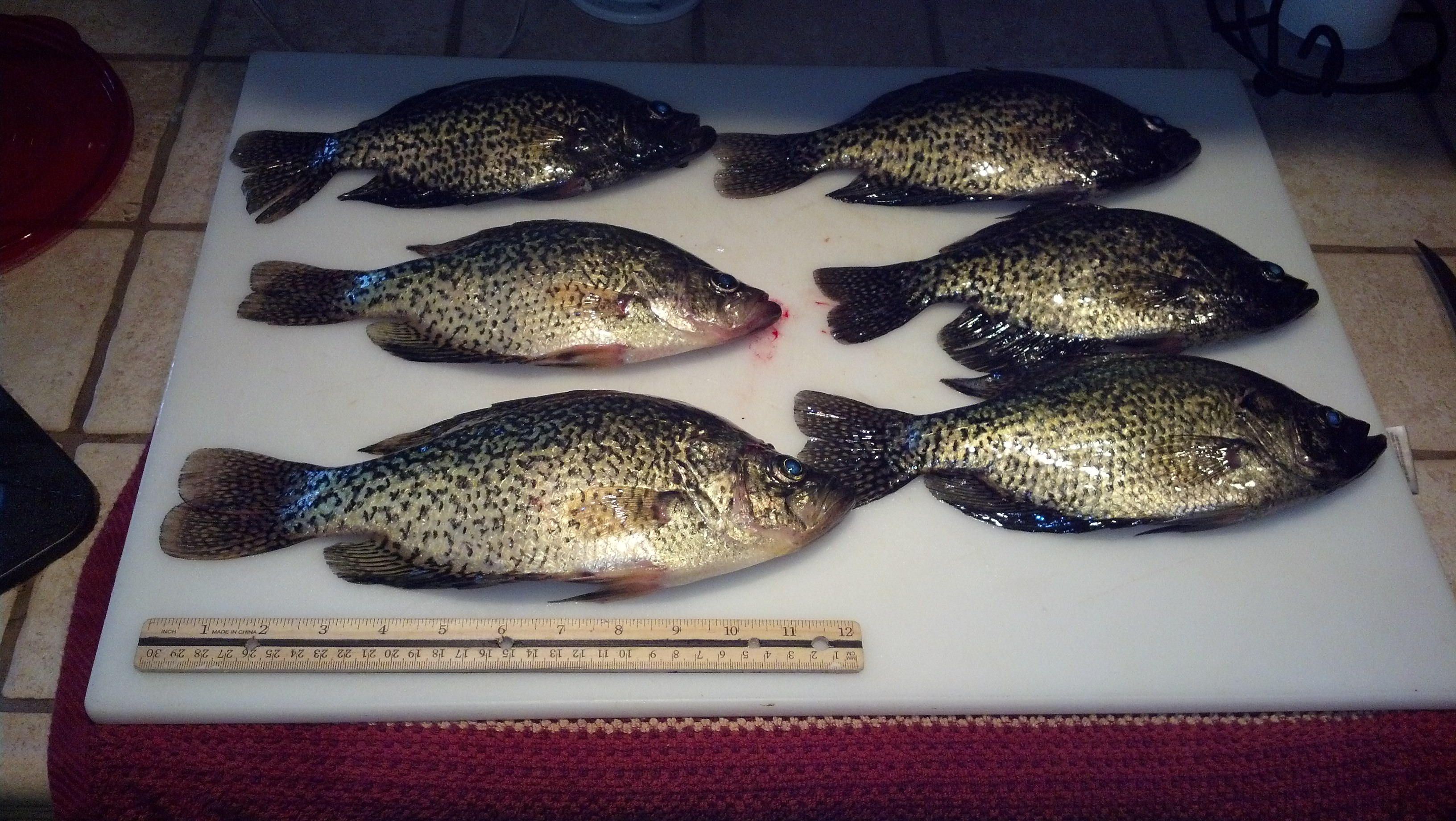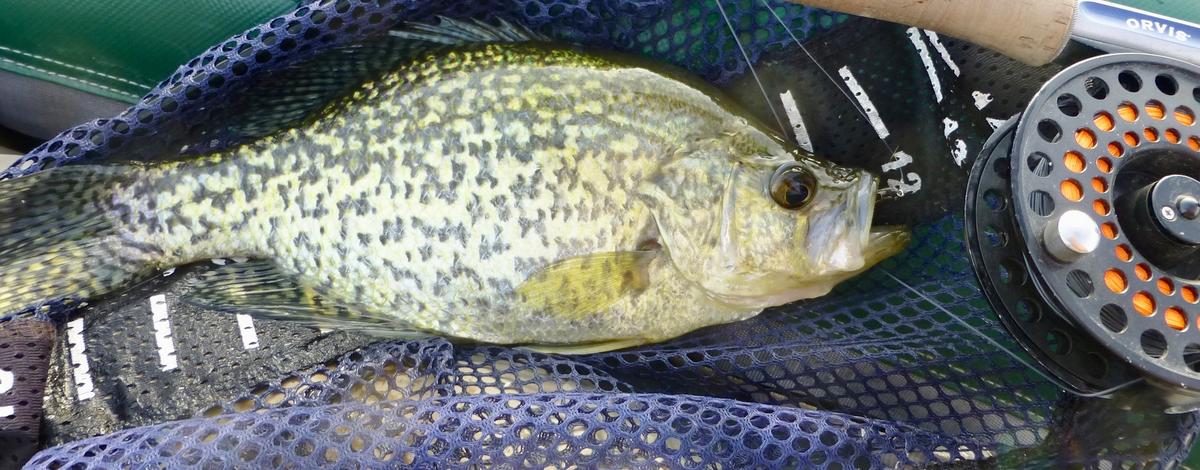The stars have aligned for another crappie “boom” at C.J. Strike Reservoir, and anglers will likely reap the benefits for the next couple of years.
“We have a big 2017 year class of fish at C.J. Strike, and they are just starting to grow to a size that anglers can catch them,” Idaho Fish and Game biologist Mike Peterson said.

Crappie have probably been in C.J. Strike since the 1970s, although records are vague, and there have been boom and bust cycles in crappie populations since then. What exactly drives those cycles is somewhat of a mystery, but biologists at Fish and Game are studying them at C.J. Strike Reservoir to get a better understanding.
Populations tend to rise and fall
Biologists know that crappie are prolific spawners with each female crappie producing up to 20,000 eggs, and by comparison, an average-sized trout typically produces less than a thousand. Biologists know that spawning takes place annually in the reservoir, which produces a new generation of crappie, but that doesn’t mean the reservoir produces a banner crop of adult crappie each year.
Biologists are looking for answers why, but they haven’t found correlation between high numbers of newly hatched crappie and good fishing three or four years down the road. So, for a banner year class of crappie to be recruited into the fishery, certain — and to this point largely unknown — factors must perfectly align after the crappie hatch, which appears to be the case after the 2017 class hatched at C.J. Strike.

A boom is taking shape
These fish survived at high rates through the larval stage, which is the next phase after they're hatched, and grew fast since then. Now Strike's crappie fishery appears to be in entering the early stages a boom cycle.
Fish and Game biologists observed an 18-fold increase in catch rates between the spring and fall of 2018, and the 2017 year class of crappie made up 71 percent of the harvest observed. During that period, crappie in this age class were averaging about 8 inches, and the early indications show they continued to grow over winter.
While crappie tend to grow relatively fast at C.J. Strike, they also typically don’t live very long in the reservoir — around four or five years.
“Typically, fast growing fish tend to not live as long, and that’s the case with crappie in C.J. Strike so far in what we’ve seen,” Peterson said. “The four-year old fish are typically 9 to 10 inches, and may have spawned once by that age. Very few fish live to be six or seven years old.”
The crappie boom won’t last indefinitely, but Peterson expects to see above-average catch rates over the next few years as this year class of fish continues to age and provide increased harvest potential.
For anglers hoping to preserve this large group of fish, harvest isn’t going to threaten the crappie population in C.J. Strike, and anglers are encouraged to take advantage of the harvest opportunity available. They should use the fish wisely and not be wasteful, keeping only the fish they are willing to clean and eat, but enjoy the good fishing while it’s here.
Biologists look for ways to stabilize the fishery
This crappie boom isn’t just an opportunity for anglers. It’s also an opportunity for biologists to study whether implementing size restrictions or bag limits on C.J. Strike in years where these large age classes are present might help stabilize the boom-and-bust cycle of the fishery, making it less cyclic from year to year.
Currently, there are no bag or size limits on crappie or yellow perch at C.J. Strike Reservoir. The species are managed for maximizing harvest opportunity for anglers, but if research showed those were useful tools for managing the population, they could be considered.
The current study started in 2016, and it is looking at both crappie and yellow perch populations in the reservoir.
“This study came about because we’ve received feedback from anglers saying they want bag limits or size restrictions on crappie because they feel like that will make the crappie fishing better,” Peterson said. “We are currently collecting information to answer questions related to whether or not these tools would be effective to provide the benefits anglers are hoping for. Can we make fishing better using different tools in our toolbox?”
Through the study, biologists are also hoping to gain a better understanding of the factors that drive the cycle of crappie populations in C.J. Strike, as well identify the most effective survey methods that will allow them to better monitor crappie and yellow perch through multiple life stages.
“The ultimate goal is to make fishing better by providing more of a stable opportunity to harvest crappie and yellow perch year after year. We also want to be able to forecast future panfish fisheries and keep anglers informed about what’s happening in the reservoir,” Peterson said.

